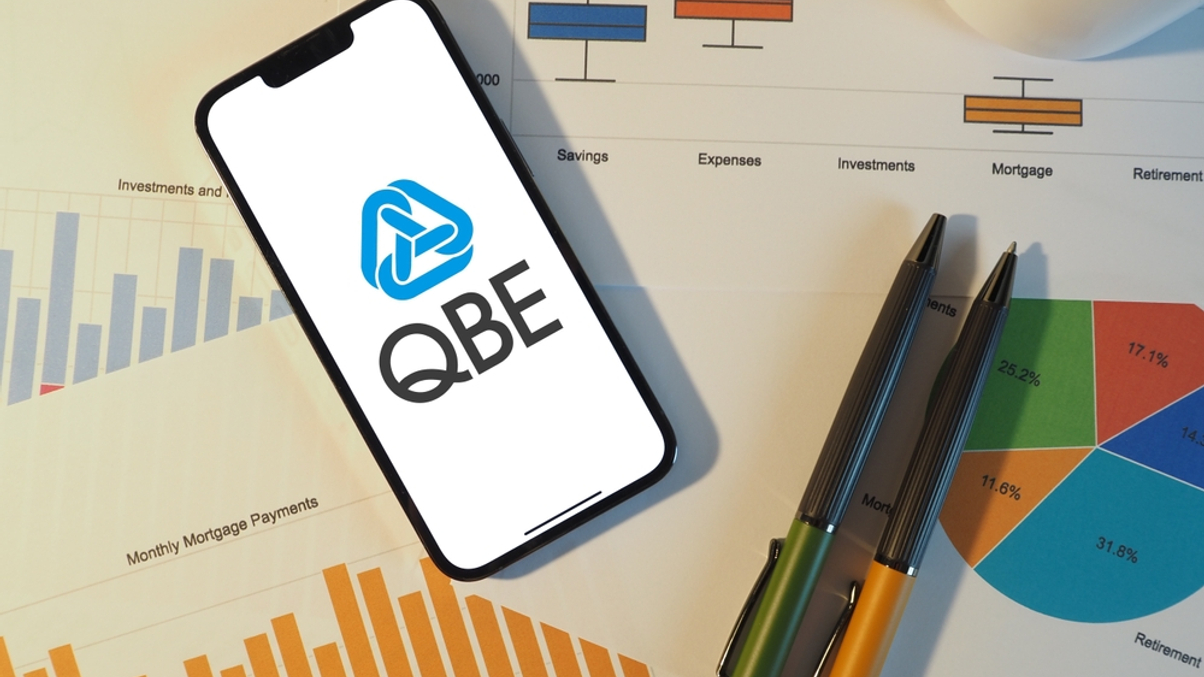QBE boosts risk assets to ride AI tailwinds, expands into private credit
QBE Insurance Group is adapting its investment portfolio towards higher risk assets, with significant moves into private credit and infrastructure.

Australian general insurer QBE is continuing to evolve its investment portfolio towards higher risk assets, with significant moves into private credit and infrastructure, as it aims to capitalise on AI-driven market trends and navigate the changing economic landscape, Gary Brader, group chief investment officer, told AsianInvestor.
Sign in to read on!
Registered users get 2 free articles in 30 days.
Subscribers have full unlimited access to AsianInvestor
Not signed up? New users get 2 free articles per month, plus a 7-day unlimited free trial.
¬ Haymarket Media Limited. All rights reserved.


